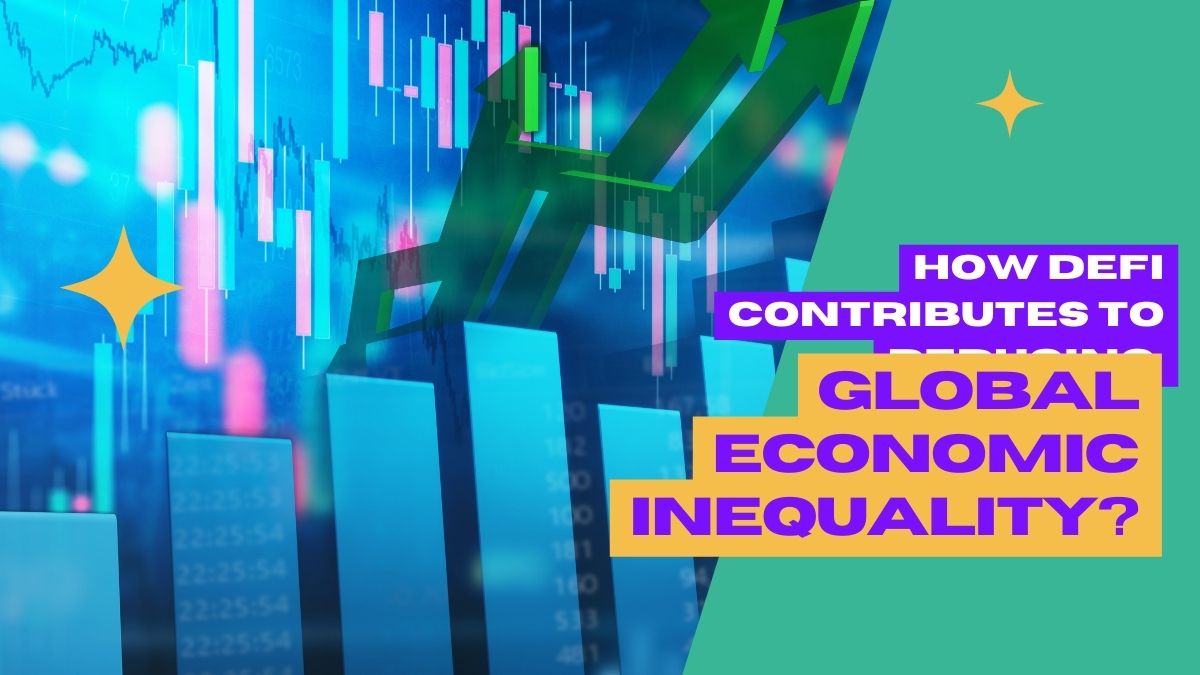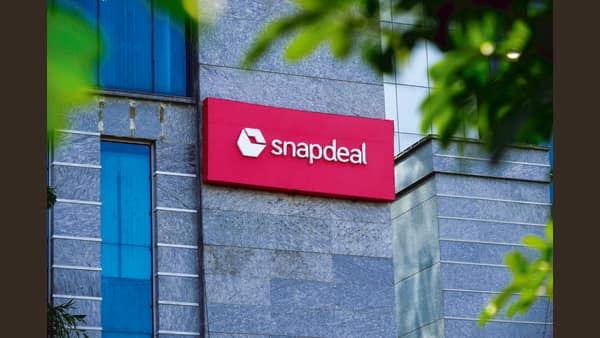It can’t be a coincidence that, on the same day, experts from economies that couldn’t be more different from one another view decentralized finance as a revolutionary force. Since the dawn, the economy has punished poor people while rewarding those already wealthy for their pursuit of money. Economically disadvantaged individuals can be given access to possibilities to generate wealth through the use of decentralized finance or DeFi, which is in a position to help redress the economic imbalance.
Traditional Finance: The engine that drives economic inequality
People with a “high credit score,” which can be earned via the accumulation of generational wealth, have traditionally been eligible for access to various financial instruments. These instruments include loans, leases, credit cards, and short-term and long-term credits.
In addition, these organizations, which include local government agencies, brokers, and banks, manage them and charge expensive fees, making it extremely challenging for people who need access to finances for unexpected expenses to participate. These middlemen have, with time, reaped significant benefits from the functioning of the current financial system.
On the other hand, the only people who will benefit from investing in hedge funds, equities, and different equity-based wealth-building strategies are those who already have some “wealth” to invest. TradFi has essentially failed to provide a significant portion of society with equitable opportunities and financial stability.
It has widened economic inequality due to its high entry barriers and “wealthy nurtures riches” mindset. This is because the entry barriers are high, and the mindset is “wealthy nurtures riches.”
What Benefits does DeFi offer?
The phrase “decentralized finance” refers to the provision of financial services, including stablecoins, exchanges, margin trading, lending, and borrowing, without the use of middlemen through the utilization of a distributed blockchain network that is “trustless.” DeFi ensures that people of all socioeconomic classes, geographic locations, and subject to the control of any regulatory authority have access to the available financial opportunities.
The secure blockchain architecture of DeFi development company guarantees data transparency, immutability, non-repudiation, data security, auditability, and pseudonymity. These guarantees are in addition to those already mentioned.
The example of DeFi demonstrates how intricately decentralization can alter the structure of the financial system.
- Methods that Lack Centralized Control
Because it eliminates the need for a third party to move data and value from peer to peer, blockchain technology helps lower the overall cost of transactions and the amount of time they take. In addition, smart contracts are utilized to manage trustless and permissionless services, including loans, lending, and borrowing.
- The Practice of Decentralizing the Government.
Consensus methods are used for decision-making in all processes related to blockchain technology, including the validation of protocols and the verification of transactions. To arrive at a decision everyone agrees on, the “nodes” or authorized entities on the blockchain network are selected randomly. These nodes are necessary to uphold the blockchain’s trustworthiness and reliability.
- Cost Decentralization
The fact that there is no centralized authority inside the system to dictate how any transaction must be carried out results in a significant reduction in the amount of money spent. Fees are only incurred when the distributed ledger is published, or transaction data is uploaded across all network nodes.
This comprises the costs associated with the transactions filing, the acquisition of permissions, and the publication of blockchain data. The nodes that successfully authenticate transactions are the ones that receive the incentives. Check that the money is still being dispersed evenly across the network.
- Earning decentralization
In addition to the redistribution of transaction fees, DeFi offers its users many different opportunities to stake, invest, and lend their assets to create passive income. This income can come from staking rewards, investment returns, and loan interest.
Previously inconceivable business concepts have found a way to live in the decentralized economy thanks to the availability of peer-to-peer transactions made feasible by the underlying architecture of the blockchain.
In what ways could DeFi contribute to the reduction of the income gap?
People from all walks of life can now participate in the decentralized economy and take advantage of opportunities previously only open to a select group of wealthy individuals, thanks to the proliferation of new platforms made available due to decentralized finance.
Eliminating mediators is one of the key benefits of DeFi, which also contributes to an increase in decentralization, innovation, interoperability, boundlessness, and transparency within the financial services industry.
As a result of the democratization of the financial ecosystem, intermediaries, who formerly served as the primary operational unit of TradFi, now need to take on new responsibilities because peer-to-peer transactions can take place without them. Consequently, it is now possible for savers and spenders to engage in direct transactions.
Staking rewards, transaction verification incentives, and investment choices are some ways that DeFi contributes to the system’s already robust liquidity.
This results in a self-governing global system of entities that can make decisions regarding the network and their finances on their own accord because the functions of a governance authority, resource maintenance and allocation, and network health management are distributed among the nodes.
One percent of Americans own and control more money than ninety-two percent of the population as of August 2022. Due to the vast difference between the two, establishing a system enabling individuals to progress is required. This is made possible by DeFi’s distributed ledger technology, which removes access and geographical constraints, and Web 3.0’s provision of new financial instruments.
What Other Steps are There Still to Take?
Although DeFi has a bright future, there are significant challenges.
The key cause for concern is the high probability that technical whizzes and malicious network actors will attempt to compromise these “cyber” systems. In addition, regulatory organizations are making every effort to get in touch with DeFi service providers to keep an eye on this competitively powerful sector of the financial system.
In addition, people excluded from the conventional system must be educated about decentralized finance. These people still need to be aware of the opportunities DeFi has made available to them to break free from the economic straitjacket.
The Most Important Things
The authorities make no effort to cut corners in managing this financial freedom zone because of the enormous potential that DeFi has to shake up the existing global financial architecture by introducing new banking operations, remittances, securities, and investment opportunities. In addition, much less fortunate are unaware of this possibility, while wealthier people are racing to take advantage of it before regional governments decide how to administer it.
The question that needs to be answered is how ingeniously DeFi applications will be developed through integration with AI, IoT, or other cutting-edge technologies to establish a genuine “Web of Free Value Exchange” while maintaining its guarantees of security, anonymity, transparency, and provenance.
I am a professional writer and blogger. I’m researching and writing about innovation, Entertainment, technology, business, and the latest digital marketing trends click here to go website. Follow my blog here & Visit my website here.



